5315007680175
Price Quote Get an up to date pricing and availability quote for this product. Order online or over the phone.
Quality Commitment
Serving our customers with quality and safety first.
- AS9120 Certified
- Audited supply chain
- ITAR Registered
- DDTC Registered
- HAZMAT Certified
- Customer service objectives
- Every product 100% inspected

5315-00-768-0175 Specification Set by the OEM (see RNCC code 3)
chamfered
radius
3a
RIGHT-Hand
0.340in. ⁓11/32"
0.925in. and 0.955in.
0.3110in. and 0.3115in.
0.184in. and 0.190in.
1.850in. and 1.910in. ⁓1-59/64"
slot
0.120in.
0.040in.
not identical
0.190in. ⁓13/64"
threaded end
45.0 degrees
125.000 microinches
0.060 in. wide slot x 0.050 in. min 0.90 in. max depth on radius end
steel comp 630
ams 5643 assn std single material response
cadmium
QQ-P-416, ty 2, cl 3 fed spec single treatment response
shoulder
unc
Cross Reference Parts Part numbers that meet the specification outlined on this page and set by the OEM
Identification Item Identification Guide (IIG) and Item Name Code (INC)
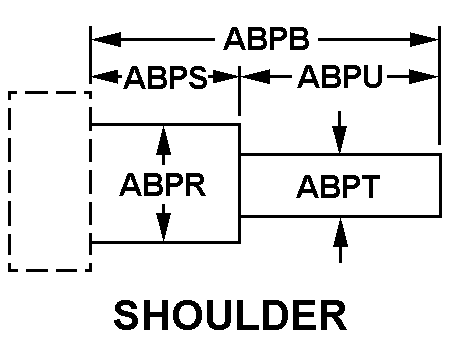
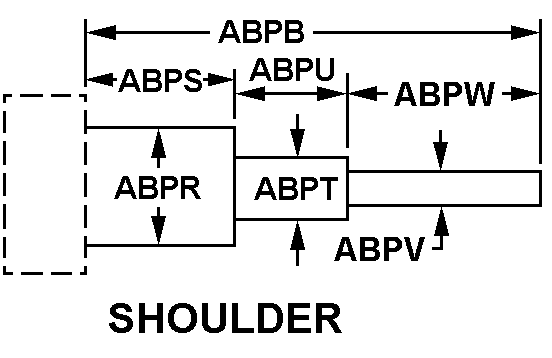
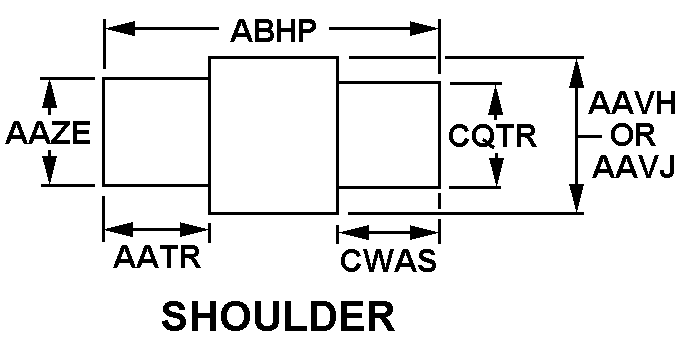
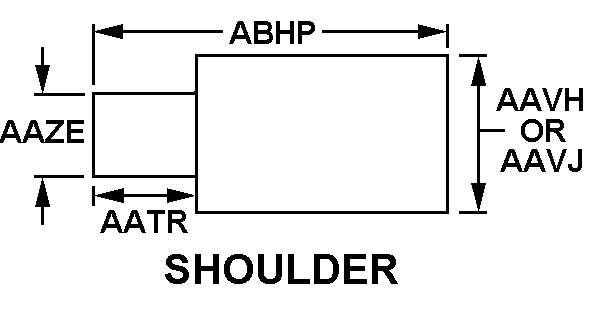

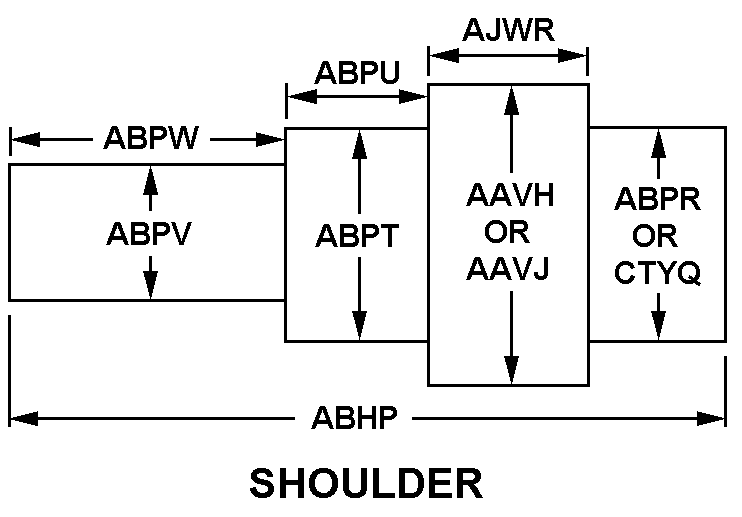
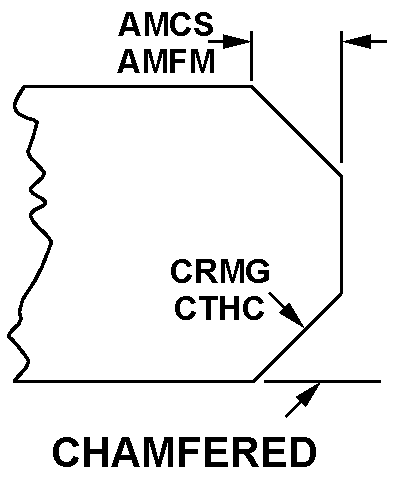
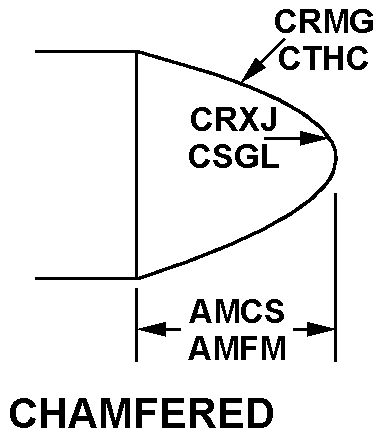
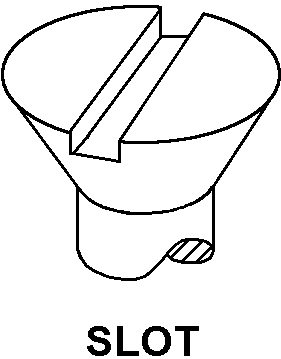
Definition Definition of approved item name (AIN): "PIN,SHOULDER,HEADLESS"
A cylindrically-shaped headless item, having a shank at one or both ends. It is used for aligning, fastening, or transfer of torque and/or thrust by fitting into corresponding holes of another item. It may be threaded on one end.
5315-00-768-0175 Material Hazmat, Precious Metals, Criticality, Enviroment, and ESD
Indicates there is no data in the hmirs and the nsn is in a fsc not generally suspected of containing hazardous materials.
Precious metal content is unknown
The item does not have a nuclear hardened feature or any other critical feature such as tolerance, fit restriction or application.
Identification Codes
HMIC: Hazardous Material Indicator Code. A one position code that identifies a hazardous item.
PMIC: Precious Metal Indicator Code. A one position code which identifies items that have precious metals as part of their content. precious metals are those metals generally considered to be uncommon, highly valuable, and relatively superior in certain properties such as resistance to corrosion and electrical conductivity.
ESD: Electrostatic Discharge. Indicates if an item is susceptible to electrostatic discharge or electromagnetic interference damage. electrostatic discharge damage occurs when an accumulation of static electricity generated by the relative motion or separation of materials is released to another item by direct contact. electromagnetic interference damage occurs when an item comes into proximity with an electrostatic or magnetic field.
ENAC: Enviromental Attribute Code. Identifies items with environmentally preferred characteristics.
CRITL: Criticality Indicator Code. Indicates an item is technically critical by tolerance, fit, application, nuclear hardness properties, or other characteristics.






